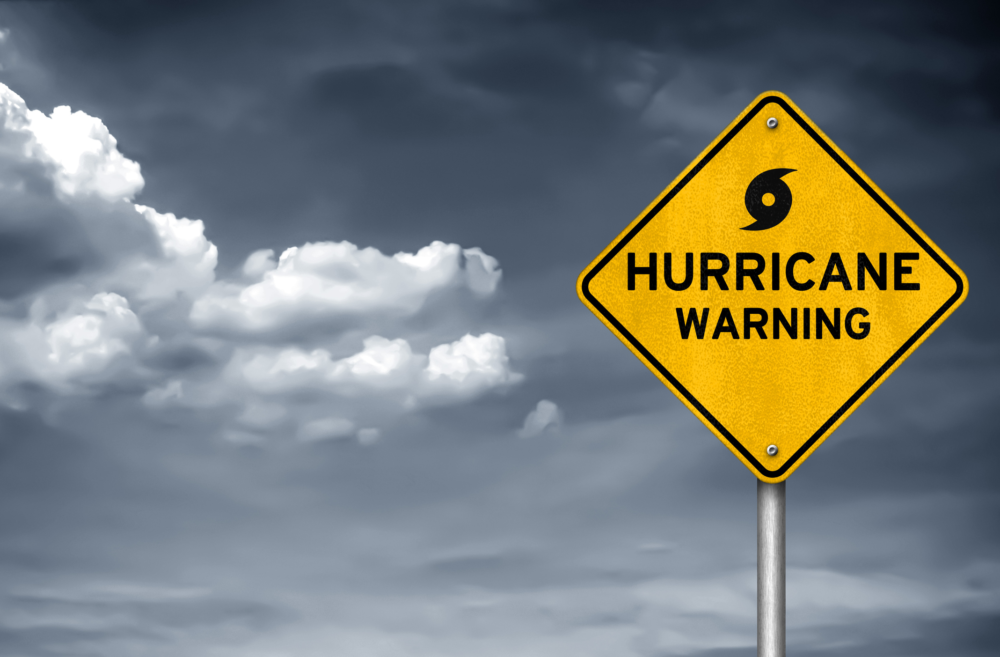Early reports often change, but Colorado forecasters say an El Niño development in the Pacific Ocean suggests fewer hurricanes, with 13 named storms predicted.
MIAMI – After back-to-back years of grueling and devastating hurricane seasons, early forecasts suggest that 2023 may offer a bit of a break – at last.
The pre-season forecast from Colorado State University, released Thursday, calls for a below-average hurricane season, thanks to the development of an atmospheric phenomenon called El Niño that dampens storm activity in the Atlantic.
CSU predicts this season will include 13 named storms, six of which will become hurricanes and two will become major hurricanes, which is category 3 or higher. An average season includes 14 named storms, seven hurricanes and three major hurricanes.
Hurricane season in the Atlantic runs from June 1 to Nov. 30, with a peak in August to September. But predicting what the season will hold gets dicey this early. The National Oceanic and Atmospheric Administration makes its official prediction for the season – the gold standard – in late May.
But academic outlets and for-profit weather companies often make early season predictions, and CSU’s is one of the highest regarded. Its latest prediction falls closely in line with several others, including the well-known European Centre for Medium-Range Weather Forecasts, or Euro.
“Hurricane seasons are not random. There are clues in the atmosphere that can tip us off,” said Phil Klotzbach, CSU meteorologist and lead author of the forecast. “Those clues really seem to appear this time of the year.”
However, Klotzbach warned, predictions get more accurate the closer to the peak of the season.
“There’s a lot that can change between April and August when the season really ramps up,” he said.
El Niño – or nothing?
Several early season forecasts call for normal or below-normal storm activity this hurricane season, and that prediction hinges largely on whether or not an El Niño will happen this year. El Niño is the name for an atmospheric phenomenon that reaches across the globe, warming waters in the Pacific Ocean and shifting the upper-level winds in the Atlantic. That usually makes it harder for tropical storms to form and brings a colder, wetter winter to the East Coast.
“That wind shear has somewhat of a protective effect on Florida,” said Ryan Truchelut, the chief meteorologist of private weather service Weather Tiger, which also predicts a normal or below-normal season ahead.
For the last three years, the Atlantic has seen the weather pattern at the opposite end of the spectrum, a La Niña. Unlike El Niños, La Niñas are usually associated with more storm activity in the Atlantic and less in the Pacific.
These weather patterns make a big difference for the number of storms that form. Truchelut said that since 1900, La Niña seasons include an average of 0.8 land-falling hurricanes a year in Florida, compared with 0.4 land-falling storms a year for El Niño seasons.
This year, meteorologists are split on whether an El Niño will form (and when) or if the season will remain right in the middle of the two extremes, known as ENSO neutral.
The latest official prediction from NOAA says there’s an 82% likelihood one will form by August to October.
“Both of those paths forward are possible. It’s also possible that we don’t get an El Niño at all,” said Truchelut. “In the spring, you always have to take El Niño and La Niña predictions with a big grain of salt.”
And even if an El Niño forms, it’s not a guarantee of a quiet season for Florida, as much as the storm-slapped state needs it. In 2018, an El Niño formed toward the end of the season, dampening all storm activity. But not before a small window of perfect storm conditions opened, just big enough for Category 5 Hurricane Michael to swell and crash into the Panhandle.
“I don’t want people to take away from this that they don’t need to be prepared for hurricane season. Even in an El Niño year, there’s a significant chance of Florida seeing a landfalling storm,” Truchelut said.
“It lowers the odds, but we live in the most hurricane-prone part of the US and it’s just a fact of life. That risk is always going to be with us.”
© 2023 dpa GmbH. Distributed by Tribune Content Agency, LLC.



